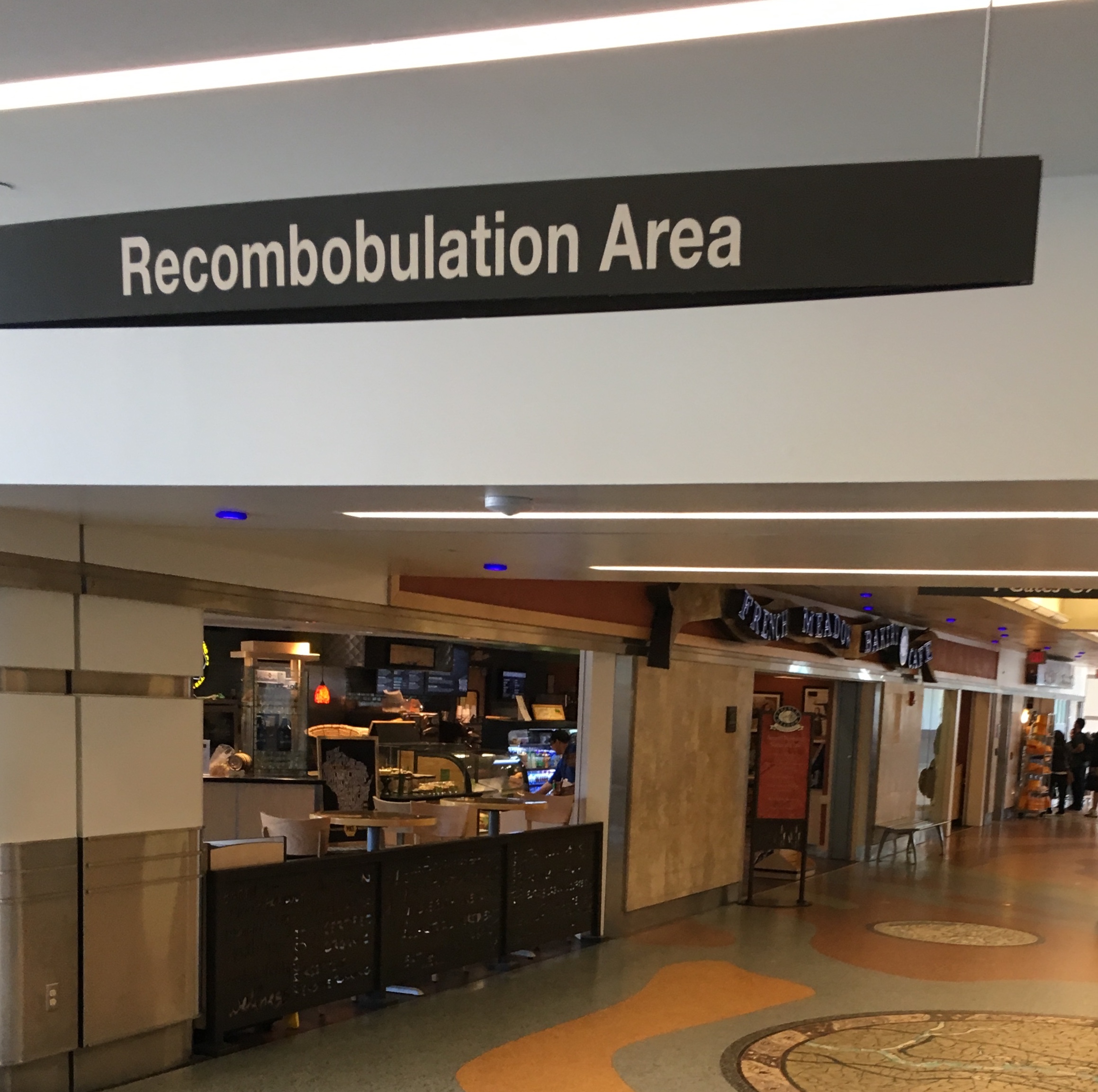We’re approaching (/in) the summer season which, among other things, means traveling for us. And traveling means seeing people we don’t see often. It makes sense to me that they’d have some questions for us, and me, regarding my health. I welcome that. Obviously, since I share here, I don’t mind sharing some.
But here’s the thing, and it’s kinda a big thing - what’s happening to me is not that different than what’s happening to you, meaning none of us knows for sure what will befall them in the future. The next minute, the next hour, the next day.
So, while it’s good, and possibly necessary, for a health update from me, we are wherever we are for other reasons. Those are important too.
Maybe this can answer some of your questions or provide motivation for some new ones. In November I had surgery. Again (it’s like Forrest Gump meeting the President). During the surgery the surgeon attempted to build an ETV, Endoscopic Third Ventriculostomy. An ETV is meant to provide a natural drainage route for Cerebral Spinal Fluid (CSF). If something blocks normal drainage the fluid could back-up in the head and cause something called hydrocephalus. Hydrocephalus provided a sign of a problem before my very first surgery. But that was almost a decade ago - back to now. With this surgery, the surgeon removed all that could be removed safely - considering I still wanted to walk and talk after. At first I seemed to recover well, but soon the area around the scar began to swell. Due to hydrocephalus, the back of my head started to look like a filled water balloon. I also lost a lot of weight. Leading up to surgery we were concerned that I would not have the necessary stores my body would need. But tumors have never worried much about my concerns.
I grew very nauseas after surgery too. Not great, especially considering the situation. To help alleviate the issues I underwent a number of small procedures called Lumbar Punctures, more familiarly known as Spinal Taps. “Spinal Taps” sounds intense but they were far from it (maybe the machine needed to be at 11?). Instead it felt like they were aerating my back the way you would aerate a lawn or field. The taps actually felt good and alleviated some of the pressure from the lack of drainage. Each time there was an immediate improvement in my speech, movement, and overall comfort. Unfortunately though the length of the benefit from each spinal tap grew shorter and shorter. I was underweight, the hydrocephalus was building up, and I was starting to mispercieve some parts of reality. By the time Christmas rolled around I was a mess.
Soon after Christmas a shunt was surgically implanted in my head. A shunt is a small device that provides an unobstructed path for CSF to drain into my abdominal cavity. It’s some combination of plastic and metal (I think, I didn’t have a chance to examine one before it was put inside me) that can be adjusted from the outside, with magnets, in a futuristic way. After awhile the shunt was adjusted to drain more CSF. Then less. Trial and error with my head.
Once I was mostly healed from surgery, and the shunt implantation, I could begin other treatments. We agreed on a two part treatment, like a 1, 2 combo punch in a video game. A chemo pill, called CCNU, taken every 6 weeks and an antibody infusion, called Avastin (a-VAST-in), dripped in every other week. A combo that, in conjunction, hopefully fatally wounds the cancer. The Avastin stops the growth of new blood vessels which tumors create at a high rate. Ideally then the chemo tags in to take it out. The first infusion of Avastin, for some unclear reason, eased my nausea. It’s difficult to impress just what a difference this made. I could now eat somewhat normally again! This was huge! Clarity is not a strong suit of cancer anyway.
As my situation advanced (es), the importance of each MRI advanced (es) in accordance. My first post-shunt MRI happened at the very end of January. This scan would mostly just provide a baseline going forward. The tumor had grown a little (as was expected) since surgery but not too much. Because CCNU takes awhile to work the next MRI would provide a clearer picture regarding the effectiveness of the treatments. The next MRI, the last I’ve had, showed some tumor shrinking. We’re on the right path it seems.
So, to summarize, here’s the cliff’s notes of what the last few months involved:
Brain Surgery (another)
Multiple spinal taps
Shunt
Chemo
Anti-body
I’m more than happy to discuss the state of things to whomever is interested whenever, wherever. In fact if you know even a little about my goings on and don’t at least inquire that would seem weird to me. I don’t derive any personal benefit from avoiding the subject. The subject is a big part of my life. At the same time, we are all people living lives. Everything for everyone else doesn’t suddenly come to a halt when I have an issue. So, if we cross paths, feel free to address any nagging questions about my health or inquire about my (and our) well being, and then move on. How are you? What’s happening in your world? Finding the right balance is just a part of a life. And, if we’re talking to each other, we both are alive.















